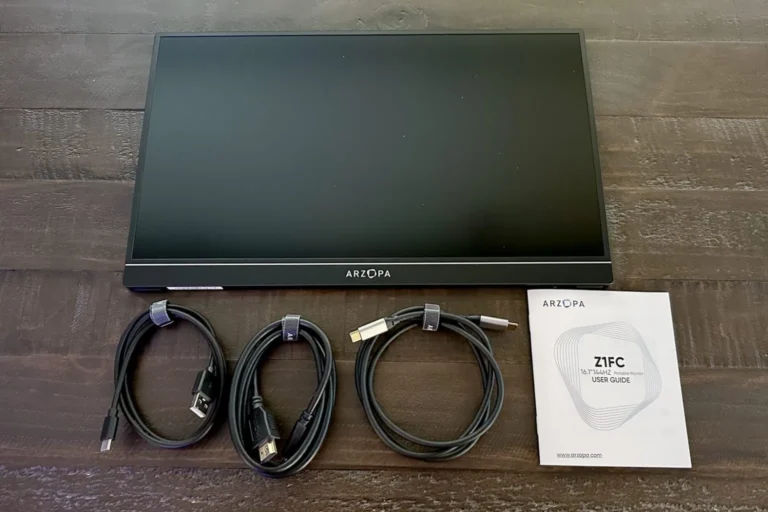
Do you wake up feeling more exhausted than when you went to bed? You’re not alone. Millions of people experience sleep apnea, a condition that disrupts sleep and impacts overall health. Left untreated, it can lead to serious health conditions, including heart disease, high blood pressure, and diabetes.
The good news? Diagnosing sleep apnea no longer requires an overnight stay in a sleep lab. With an at-home sleep apnea test, you can monitor your sleep patterns in the comfort of your own bed. This guide explores everything you need to know about home sleep apnea testing, helping you take control of your sleep health.
What is an At-Home Sleep Apnea Test?
An at-home sleep apnea test (HSAT) is a convenient and effective way to assess your sleep quality and detect sleep apnea. Unlike traditional sleep studies, which require overnight stays in sleep labs, an HSAT uses a small device to track key sleep indicators, including:
- Breathing patterns
- Oxygen saturation levels
- Heart rate during sleep
- Sleep disturbances
Testing in your own bed allows you to follow your usual sleep routine, which can lead to more accurate results.
Pro Tip: Be sure to carefully follow the instructions for setting up the device to ensure accurate results.
Benefits of an At-Home Sleep Apnea Test
Home sleep apnea tests have several advantages over in-lab studies:
- Comfort & Convenience – No need to spend the night in a clinical setting.
- Cost-Effective – At-home sleep apnea tests are more affordable than sleep lab visits.
- Faster Results – Results are typically available faster, so you can take action sooner.
If you’re unsure whether an HSAT is right for you, consult with your healthcare provider to discuss your symptoms and options.
How to Prepare for a Home Sleep Apnea Test
Proper preparation is key to getting accurate results. Follow these tips before taking your test:
✔ Create a Sleep-Friendly Environment – Keep your bedroom dark, quiet, and cool for an uninterrupted night’s sleep.
✔ Avoid Caffeine & Alcohol – Both can interfere with your sleep patterns and affect test results.
✔ Familiarize Yourself with the Equipment – Read the instructions carefully to ensure proper sensor placement.
Pro Tip: If you use CPAP therapy or take sleep aids, check with your doctor to see if you should pause them for the night of the test to get a more accurate baseline reading.
Step-by-Step Guide: Using Your Home Sleep Test Kit
Here’s how to use a home sleep apnea test kit effectively:
- Review the Instructions – Familiarize yourself with the manual to understand how to set up the device.
- Attach the Sensors – Typically, the sensors are placed on your chest, finger, and wrist. Some devices have an under-the-nose sensor.
- Follow Your Normal Routine – Stick to your usual bedtime habits to ensure the most accurate results.
- Sleep Normally – The device will gather data while you sleep.
- Dispose or Return Device – In the morning, remove the equipment, and either send it back for analysis or follow the instructions to ensure wireless transmission of your data.
Understanding Your Test Results
Once you’ve received your test results, they will typically include the following metrics:
- Apnea-Hypopnea Index (AHI) – This measures how often your breathing is interrupted during sleep. A higher AHI indicates more severe sleep apnea.
- Oxygen Saturation Levels – This indicates how well oxygen is being delivered to your bloodstream during sleep.
- Heart Rate Variability – Significant changes in heart rate can indicate sleep disturbances.
- Sleep Stages: Sleep apnea can disrupt deeper stages of sleep, preventing restorative rest.
IMPORTANT: If your results show signs of sleep apnea, it’s important to follow up with a healthcare provider to discuss treatment options.
Exploring Sleep Apnea Treatment Options
If your home sleep apnea test confirms sleep apnea, there are several treatment options available:
- Lifestyle Changes – Losing weight, adjusting sleep positions, and avoiding alcohol before bed can help reduce symptoms.
- CPAP Therapy – Continuous Positive Airway Pressure (CPAP) therapy helps keep the airways open during sleep.
- Oral Appliances – These devices, often prescribed by dentists, help improve airflow for mild to moderate cases of sleep apnea.
Reminder: Don’t skip follow-up tests after starting treatment. Regular monitoring ensures that your treatment plan is effective.
Tips to Improve Sleep Quality and Manage Sleep Apnea
- Stick to a Consistent Sleep Schedule – Regular bedtimes help regulate your body’s internal clock.
- Maintain a Healthy Weight – Weight management can reduce the severity of sleep apnea.
- Limit Caffeine & Alcohol – These substances can disrupt sleep and increase sleep apnea symptoms.
- Consider Positioning Devices – This can help reduce snoring and improve airflow naturally.
Conclusion
At-home sleep apnea testing offers a convenient and accessible way to gain valuable insights into your sleep health. By taking action early, you can make informed decisions about treatment and lifestyle changes that improve your overall quality of life.
Don’t ignore the signs of sleep apnea. Better sleep leads to better health, so start your journey toward restful nights today with an at-home sleep apnea test.




